
Molly Fuller from episode 127 returns to tell us about her Indiegogo campaign to fund development of more stylish and affordable compression clothing for teens with autism and sensory disorders. Check it out at
https://www.indiegogo.com/projects/molly-fuller-design-clothing/x/16724313#/
and
http://www.mollyfuller.design
Read Article
Listen Now
This well-written article breaks my heart. I’ve lived long enough to see the arc of companies that design and sell a magnificently successful product, often for many years, delighting their customers while earning a profit. At some point, management decides to “take cost out” of the product by removing the durability and other desirable features that won them customer loyalty and profits in the first place. The result is usually what you can read about here regarding a new model of SpeedQueen washing machines: unhappy customers who miss “the good old days” and stop buying or recommending the product.
Is annoying and driving away a loyal customer base (and check out how horribly SpeedQueen treated this honest dealer!) worth it to get more sales from new customers who don’t care about what made a company great? If short term profit increase is the point, perhaps that answer is “yes”, but the long term damage to the brand might make that short term gain less worthwhile in the end. We don’t know without access to all the financials, but even if it were a successful tactic long-term, I don’t like my dollars being associated with a brand that does this. So for now I guess I won’t be buying a SpeedQueen washer if I need a new washer.
Speed Queen: The Life (and Death) of Internet Commenters’ Favorite Washing Machine
Read Article

Molly Fuller joins Tim Keirnan to discuss creating stylish clothing for teens with autism spectrum disorder or other sensory needs. Her clothing designs use compression as a form of deep pressure for comfort and relaxation.
Medical clothing does not have to look “medical” and she tells us about her interest in studying fashion design in school, and her tying it together with her career in medical service design, including working at the famous Mayo Clinic.
You can learn more about Molly and her products at
http://www.mollyfuller.design
Molly is on tour this March and April! You can see her at the following events:
March 25th – 30th: National Alliance for Caregiving, San Francisco, CA
April 10th: Design of Medical Devices Conference, UM Minneapolis
April 14th: Fraser Walk for Autism, Mall of America, Minneapolis
April 21st: Pickin for Autism, Amsterdam Bar, St. Paul
Read Article
Listen Now

Let it snow! This episode finds Tim and guest cohost Mike Velasco talking about the customer experience of snowblowers. Or snowthrowers. Tim relates his newbie snowblower customer experience with the Toro SnowMaster 724 QXE while Mike relates his long history with snowblowers in general and his Craftsman 881730.
In a world where the word “innovation” is all too often misused by advertisers and Silicon Valley snake oil salespeople, the Toro is truly innovative. The light weight, the joystick for controlling the chute, the new design for moving the snow, the nimble handling, and the accelerator in its handle are unlike anything Tim found in other brands and models. Its speed is also impressive.
As mentioned in the outro, the website movingsnow.com is a terrific resource for learning about snowblowers, and thewirecutter.com also had a good review of the Toro.
https://movingsnow.com/2015/2015-toro-snowmaster-724-qxe-824-qxe-picture-review/
https://thewirecutter.com/reviews/best-snow-blowers/
https://movingsnow.com/2017/2017-craftsman-snow-blowers-whats-new-one-best/
Read Article
Listen Now
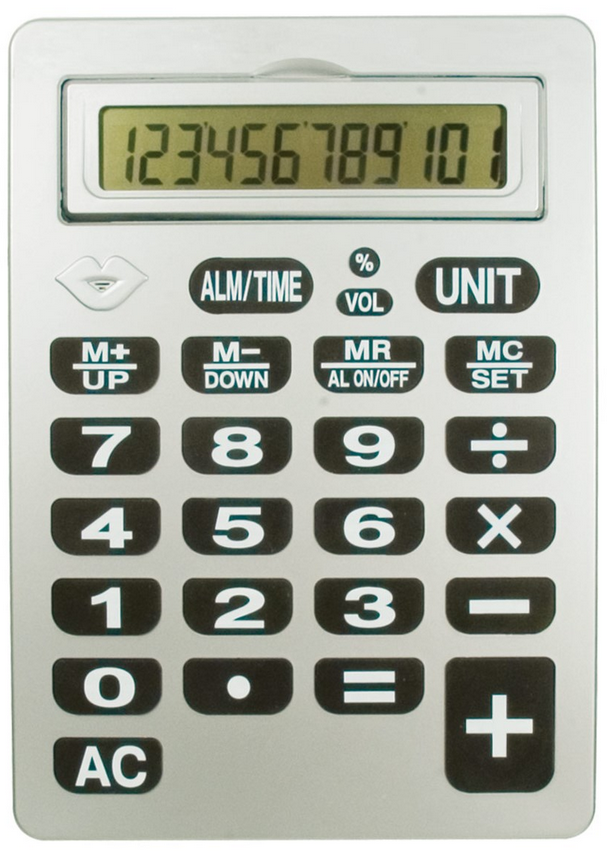
Accessibility expert Mike Elledge joins Tim Keirnan for an out-of-the-box critique of the Reizen 12-Digit Jumbo Talking Calculator. This calculator has many features that make it a good choice for people with low vision or coordination troubles, with its oversized buttons and display and its ability to speak values entered and calculated.
However, Mike finds opportunities for improvement, including the typeface chosen for the buttons, the very small and distant minus symbol and other symbols put across the top of the LCD, and more.
We close this episode with email from listener Costan Boiangiu.
Read Article
Listen Now
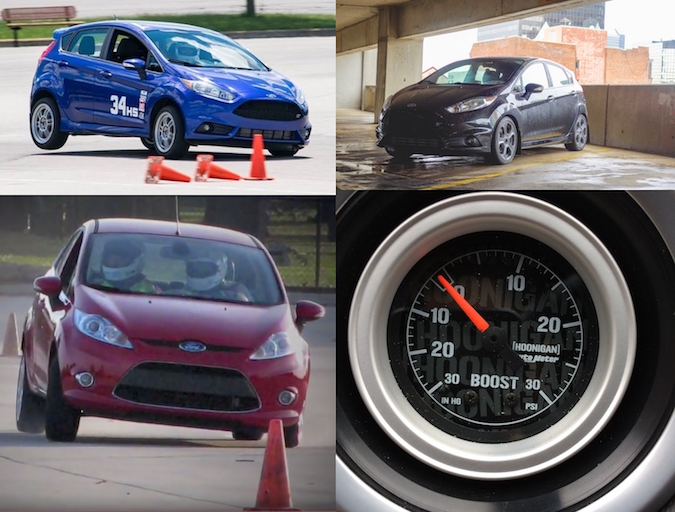
Eric Penn and Ryan Claffey join Timothy Keirnan for a critique of the Ford FiestaST. We don’t claim to be objective on Design Critique, as we are too honest to pretend anyone could be. We admit our biases so you know where our opinions are coming from. In this product category, our bias is small sporty cars with less mass and great handling that let you feel what’s going on. The Ford FiestaST is a hot hatchback that won our undying admiration from the first drive. Eric and Ryan bought them, and have enjoyed them for several years now.
Tim calls the FiestaST the American MINI Cooper, and he ought to know. It’s as close as you’ll ever get to driving a Labrador Retriever puppy. Tim talks in detail with Eric and Ryan about their customer experiences with the FiestaST, including
- Encounter
- Decision
- Purchase
- Initial use
- Longitudinal use
Eric’s first drive of the 7th Generation Fiesta on Belle Isle was captured for posterity.
Ryan’s Protege Garage is also well worth checking out.
Finally, Eric shared a video of him driving his 2011 Fiesta on an indoor kart track! Yes, he had permission. Do not try this at your local cart track!
Read Article
Listen Now
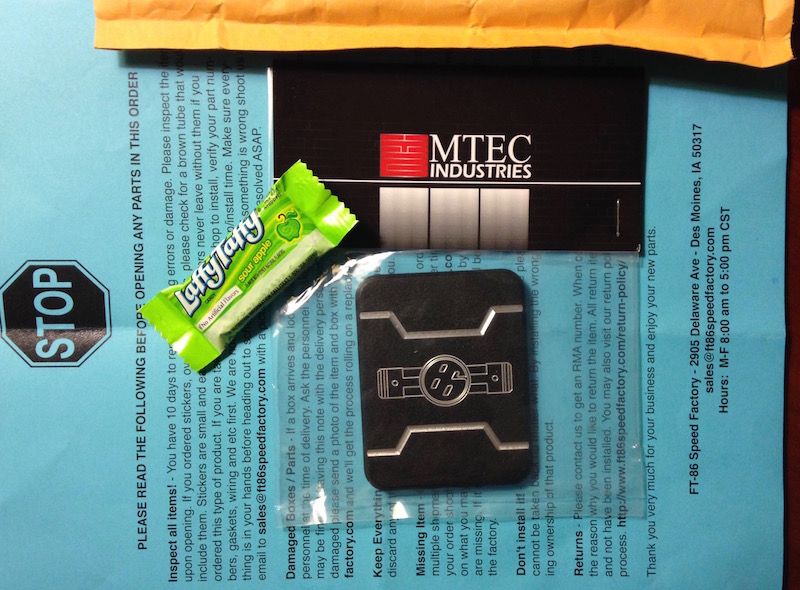
Now this is how how to delight customers without hurting your profits. I ordered this inset plaque for the center console of my car–it covers up a bare space where the seat heater switches would go if my car had them–and FT86 Speed Factory not only shipped the part to me very quickly, but when I opened the package I was happy to see classic fun candy Laffy Taffy included as a surprise. It’s whimsical, it’s imaginative, it’s low cost, it’s delicious, and I appreciated the effort. Also note that they include a very clearly written warning to inspect all parts before installing them if one has doubts (to speed the return process if needed).
Great packaging makes the unboxing experience for even a simple car part fun.
Read Article
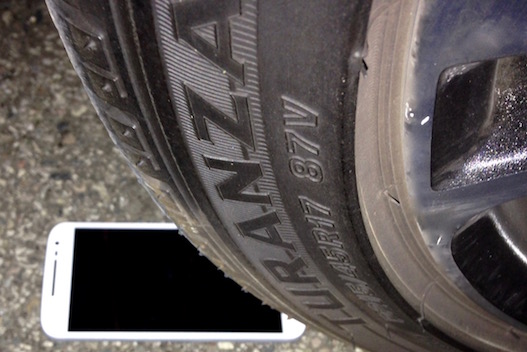
Syed Ibrahim joins Tim Keirnan for a critique of the Motorola MotoG4 smart phone. While the G4 was touted as an affordable, “pure, clutter-free version of Android”, Tim’s experience was anything but pure Android. Syed’s expert Android wisdom provides a counterpoint to Tim’s confusion and disappointment as the discussion ranges from the pluses and minuses of the G4 to the shortcomings of various reviews of the phone when it came out.
Our conclusion is that, if the botched implementation of the G4’s so-called “pure” Android experience is bad, the coverage of the phone in the traditional tech media was even more sloppy. How is one to shop effectively for a good Android phone in light of inept reviews like these? Syed has suggestions.
Thanks to Tom Merritt for his report on Lenovo switching all its phones to “stock Android”. The link to that particular episode of Daily Tech News is at
http://www.dailytechnewsshow.com/dtns-3088-left-to-their-phone-devices/
and the license for distributing this excerpt, unmodified, is
https://creativecommons.org/licenses/by/4.0/
Read Article
Listen Now
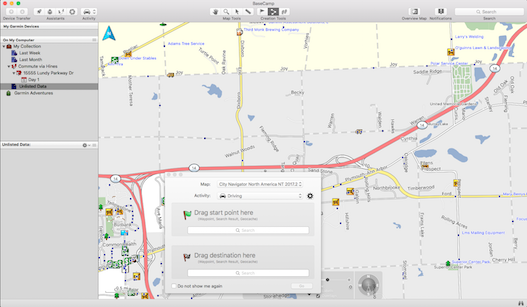
We return to the Garmin Nuvi 2598LMTHD to try Garmin’s companion application for it, BaseCamp. Aravindh Baskaran is back to help Tim Keirnan try to create a customized commute route in to the office and upload the route to the GPS unit. This is a very informal usability test and Tim wanted Aravindh around because the first time Tim tried to do this, he was not successful. Aravindh has used Base Camp to create car club routes on back roads with the Windows version of BaseCamp, so he is acting as informal usability test moderator.
The initial use usability problems Tim encountered were nothing compared to the design failure he found transferring the route to the Garmin GPS unit and using it. If you would like to follow along, you can download a Windows or Macintosh version of BaseCamp at Garmin’s website:
www.garmin.com
Listener Costan Boiangiu’s excellent email about the UX of GPS devices kicks off this episode, and the informal usability test critique of BaseCamp starts about 15 minutes in.
Read Article
Listen Now

Aravindh Baskaran joins Tim Keirnan for a critique of the Garmin Nuvi 2598LMTHD.
We follow our usual critique structure that includes the following:
Encounter
Decision
Purchase
Out of the Box
Initial Use
Longitudinal Use
The Garmin 2598 is an interesting mixture of excellence and frustration. On the positive side, we found that
* The map screens, both day and night versions, are very well designed.
* The voice sounds terrific because it is both pleasant stylistically and cuts through the noise of the car sonically.
* The device is fairly quick in its operation, including finding satellites (unless you are indoors, but why are you driving indoors?)
On the negative side, we found that
* The vaunted voice interface doesn’t work well at all. Very frustrating.
* The un-changeable and incessant alarm for school zones within a half mile of the car is extremely frustrating and can make us ignore alarms in general.
* The unit occasionally freezes and no amount of pressing or tapping the screen will bring it back, forcing the user to unplug power from the unit and restart it.
* Inexplicable routing can ignore oft-traveled commutes and actually send us the long way around. And sometimes Tim got a different route home if his address was in the Home saved location rather than his address being in the Recent list.
* The settings don’t encourage quickly finding what you want to adjust.
Finally, email from listener Katie was a wonderful compliment to starting a new year of episodes. Thank you for listening, Katie.
Read Article
Listen Now








